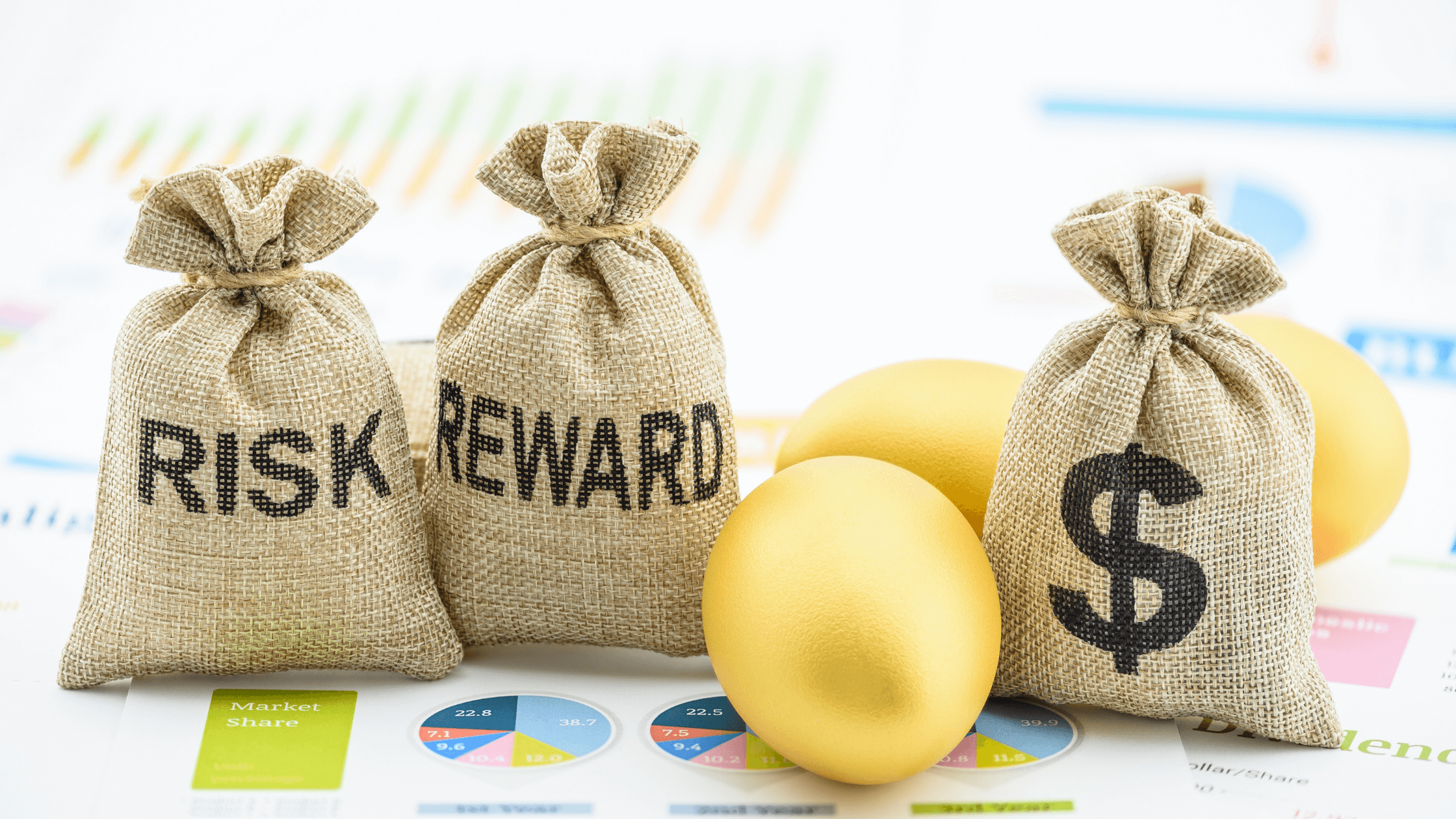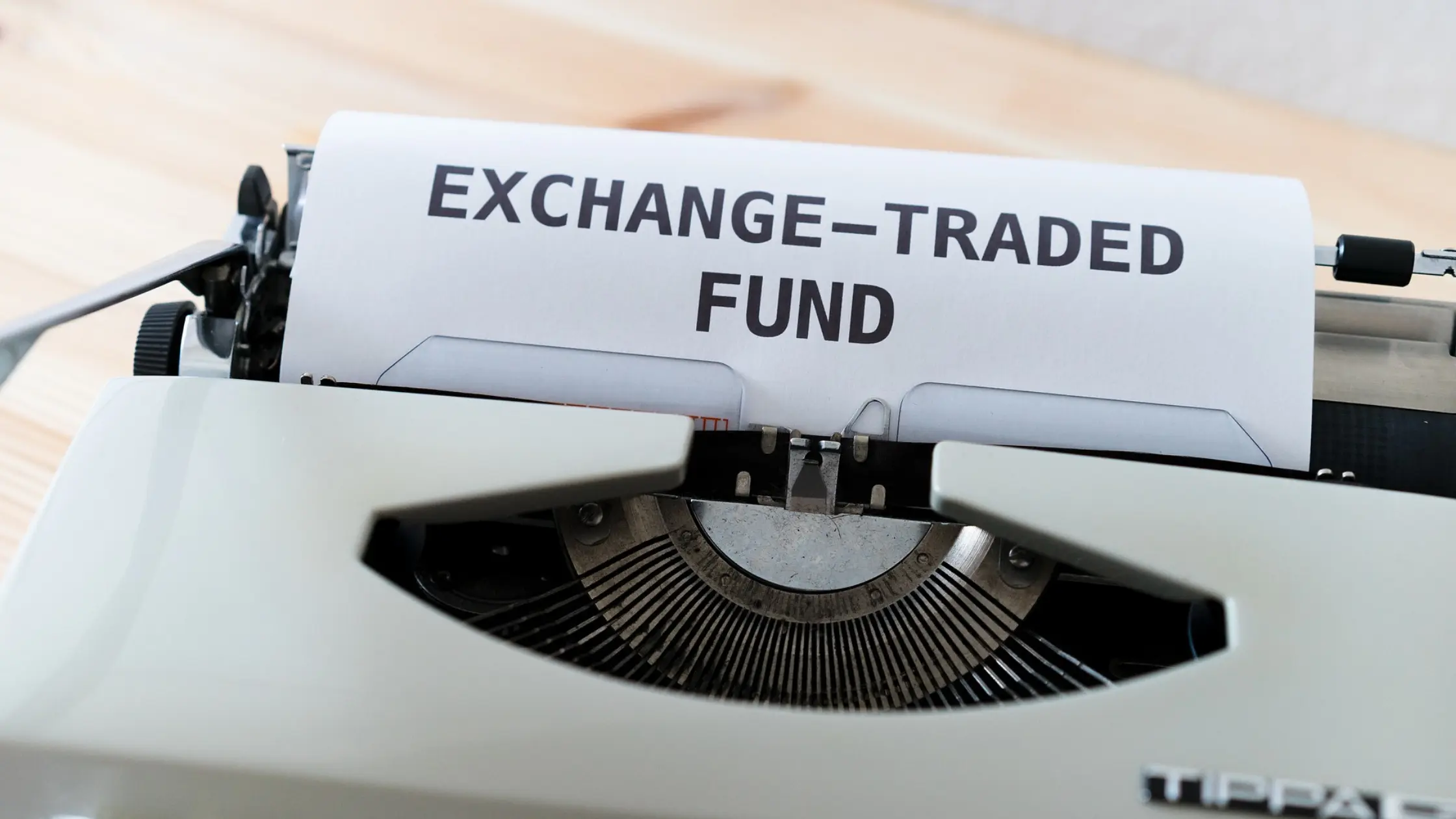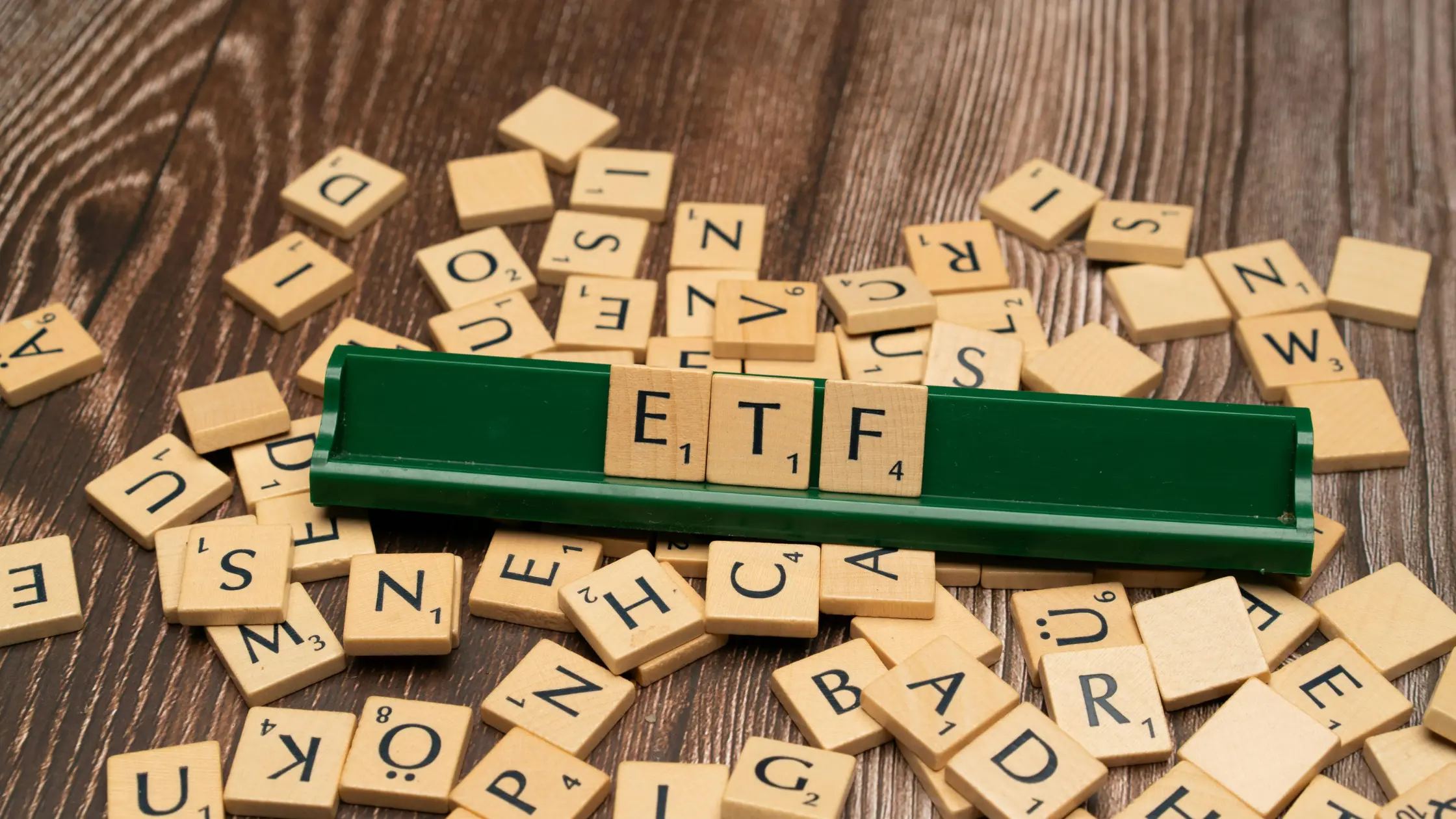Here’s the Biggest Barrier to Building Wealth
January 26, 2021

If you are afraid of investing, take heart that this is quite normal behaviour. But it is not a helpful mindset for building a retirement nest-egg.
A study by Richard Thaler and others from US universities said “empirical estimates find that losses are weighted about twice as strongly as gains”.
Basically, what that means is that the emotional pain of losing money is “roughly twice as strong” as the joy derived from making money.
Monkeying around
There’s even a well-used term for this phenomenon – it’s called “loss aversion”. It’s a well-established psychological bias in humans.
And it seems to be quite a primal instinct. Researchers have found this same “loss aversion” behaviour in experiments involving capuchin monkeys!
In one of a series of experiments, a female researcher would hold out one piece of apple to exchange with the monkeys for a token.
Half the time, the female researcher would add another piece to give the monkeys two pieces. Then there was a male researcher who would hold out two pieces of apple in exchange for tokens.
Half the time, he would remove one piece and give the monkeys only one piece. So, over the course of the experiment, the monkeys would receive exactly the same number of pieces of apples from both the researchers.
But guess what? On average, the monkeys had a 71% preference for the lady researcher who was adding one more piece, rather than the male researcher who was taking away one piece.
Back to Richard Thaler and his team: the monkeys appear to have derived more satisfaction from receiving one more piece of apple than from having one piece taken from them, although the end result was the same.
But we’re smarter than monkeys, right?
Yes, we can count. But then again, are we sure the monkeys couldn’t count? Maybe they could and suffered some sort of “loss aversion” in their psychology.
Investing is all about risk taking. Leaving aside inherited wealth, and the rare lottery winner, there are very few people who have gotten rich without taking risks.
Long-term damage of loss aversion
A critical investment choice for at least 100 years has been between: 1) the possibility of a near-term loss in an investment or 2) the certain long-term loss of spending power through inflation (by hoarding cash).
From 1926, US$1 million held literally in cash – the metaphorical “money under the mattress” – will today have lost around 93% of its spending power.
Put simply, the US$1 million will be able to buy only around 7% of what it would have been able to buy 93 years ago. So, similarly, the savings you have now will most likely be worth a lot less in terms of spending power in 20 years.
This is the illusion of money. In 20 years from now, you will be saying US$1 million isn’t what it used to be. That will definitely be true.
Primal fear overcome by patience
Knowing the high probabilities of losses in holding cash, why do so many investors continue to have so much of their net worth in cash?
It’s this primal fear of loss. Winning in investing requires patience, allowing time to build value in your investments. But before that, it requires us to overcome this primal loss aversion.
Say Boon Lim
Say Boon Lim is CGS-CIMB's Melbourne-based Chief Investment Strategist. Over his 40-year career, he has worked in financial media, and banking and finance. Among other things, he has served as Chief Investment Officer for DBS Bank and Chief Investment Strategist for Standard Chartered Bank.
Say Boon has two passions - markets and martial arts. He has trained in Wing Chun Kung Fu and holds black belts in Shitoryu Karate and Shukokai Karate. Oh, and he loves a beer!







